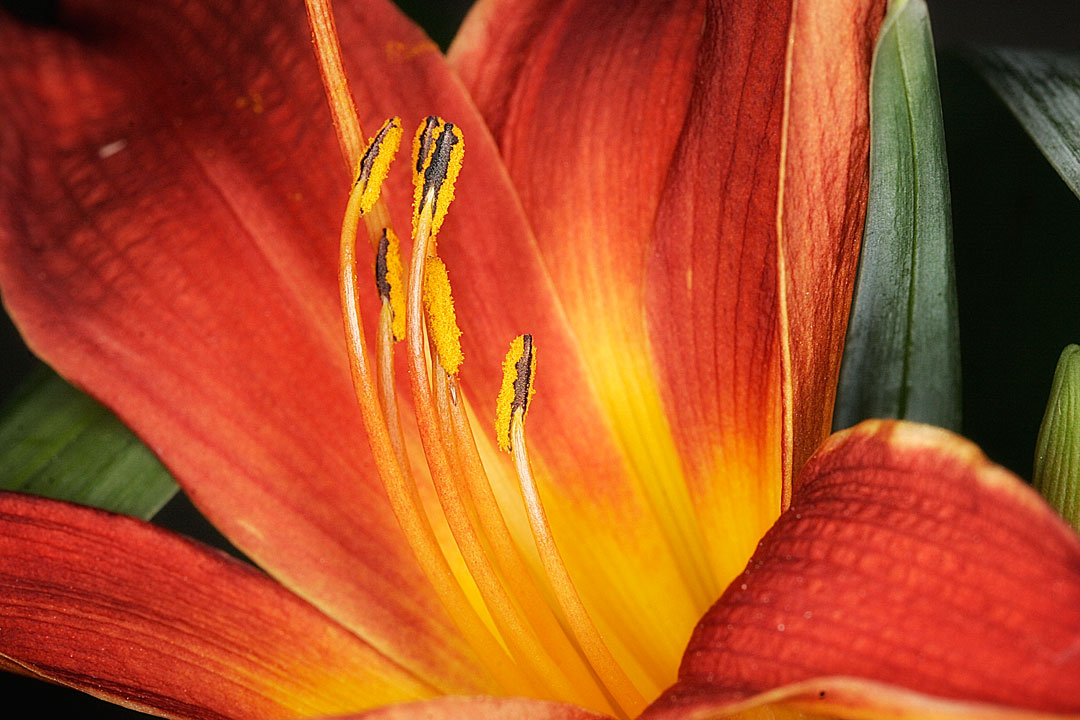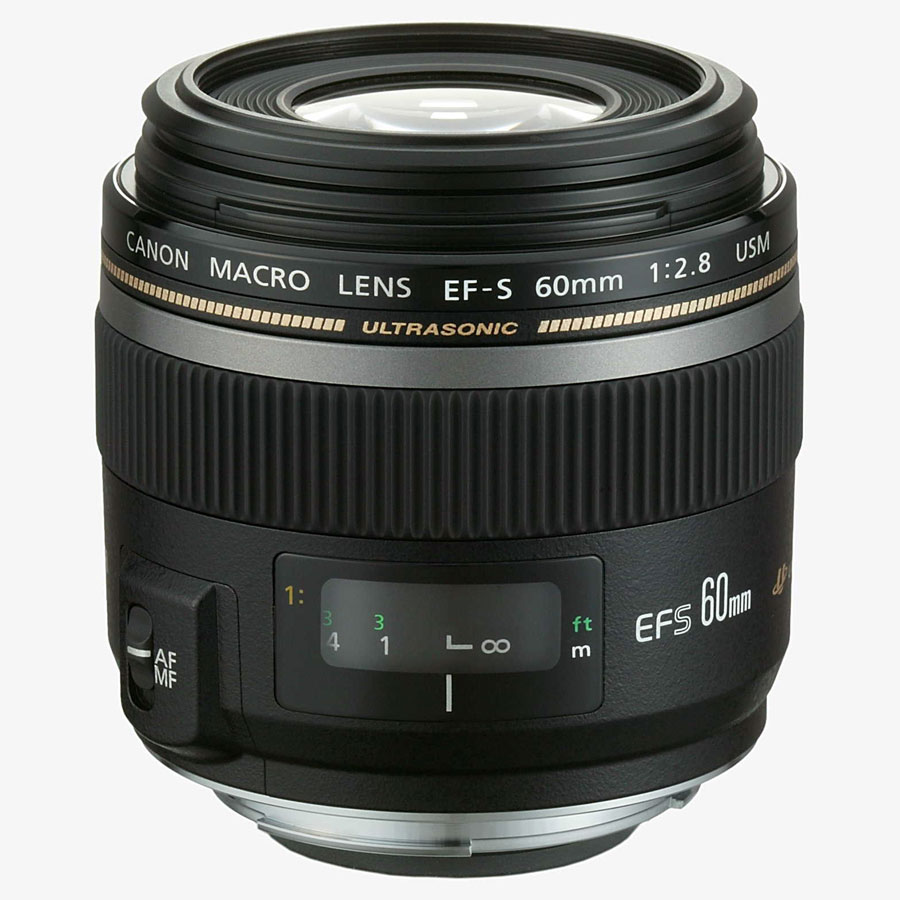Today’s Post by Joe Farace
To see a world in a grain of sand and heaven in a wild flower Hold infinity in the palm of your hand and eternity in an hour. —William Blake
The classic definition of macro photography is that the image projected onto the film plane or digital sensor should be the same size as the subject. At a 1:1 ratio, a DSLR or mirrorless camera that has a full-sized chip should have the ability to produce life-size magnification and focus on an area as small as 24x36mm. Even if it doesn’t meet this definition, some lens manufacturers will describe a lens’s close-focusing capabilities as “macro” and over time the term has gradually come to mean being able to focus on a subject close enough so the image is life-size or larger when viewed a 4×6 inch print. If you do the math, this only requires a magnification ratio of approximately 1:4.

How I made this photo: One of the aspects of macro photography that I really like is that you can do it close to home. This photograph of a day lily was made just outside the front door of my former home using Canon’s MR-14EX ring light in E-TTL mode for illumination. I used a Canon EOS 50D in Aperture Priority mode to maintain extra depth-of-field with an exposure of 1/250 sec at f/16 with plus one-third stop exposure compensation at ISO 400.
The Lens Itself
 Conventional lenses are optimized for focus at infinity not for close-up photography but true macro lenses are corrected for close focus and can also be used at infinity. Canon’s EF-S 60mm f/2.8 Macro lens, for example, has a floating optical system that lets you focus to life-size (1:1) magnification at a working distance of just four inches allowing you to fill the frame with a subject the size of a penny.
Conventional lenses are optimized for focus at infinity not for close-up photography but true macro lenses are corrected for close focus and can also be used at infinity. Canon’s EF-S 60mm f/2.8 Macro lens, for example, has a floating optical system that lets you focus to life-size (1:1) magnification at a working distance of just four inches allowing you to fill the frame with a subject the size of a penny.
The EF-S 60mm f/2.8 Macro USM offers internal focusing with autofocus driven by a silent ring-type Ultrasonic Motor so the lens’s overall length never changes during focusing. The lens also incorporates special coatings to minimize reflections and flare and has a circular aperture design, so even when stopped down it produces natural-looking highlights.
Caveat: EF-S lenses, like the 60mm f/2.8 Macro, are designed for EOS DSLR cameras that use the smaller APS-C sensor. The EF-S mount is a hybrid; it not only accepts dedicated EF-S lenses, but also EF lenses. The 60mm f/2.8 Macro has a rubber ring surrounding the rear element. That ring sets deeper into the camera than an standard EF lens and if you try to mount an EF-S lens on Canon’s other (non-R-series) EOS digital or film SLRs, it can hit the mirror
If you liked today’s blog post and would like to treat me to a cup of Earl Grey tea ($2.50), please click here. And if you do, thanks so much.